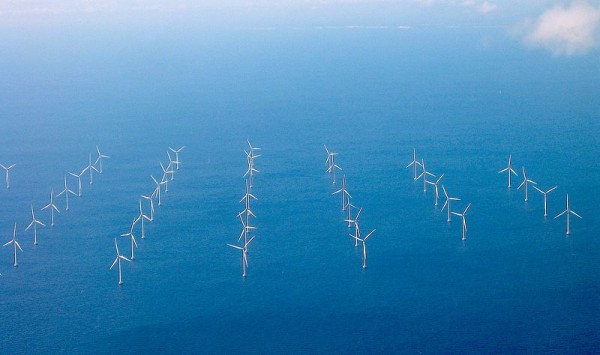This article can be found its entirety on the New Scientist website.
It’s goodbye nuclear, hello renewables as Japan prepares to build the world’s largest offshore wind farm this July.
By 2020, the plan is to build a total of 143 wind turbines on platforms 16 kilometres off the coast of Fukushima, home to the stricken Daiichi nuclear reactor that hit the headlines in March 2011 when it was damaged by an earthquake and tsunami.
The wind farm, which will generate 1 gigawatt of power once completed, is part of a national plan to increase renewable energy resources following the post-tsunami shutdown of the nation’s 54 nuclear reactors. Only two have since come back online.
The project is part of Fukushima’s plan to become completely energy self-sufficient by 2040, using renewable sources alone. The prefecture is also set to build the country’s biggest solar park.
The wind farm will surpass the 504 megawatts generated by the 140 turbines at the Greater Gabbard farm off the coast of Suffolk, UK – currently the world’s largest farm. This accolade will soon pass to the London Array in the Thames Estuary, where 175 turbines will produce 630 megawatts of power when it comes online later this year. The Fukushima farm will beat this, too.






